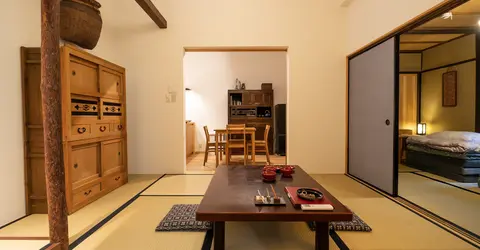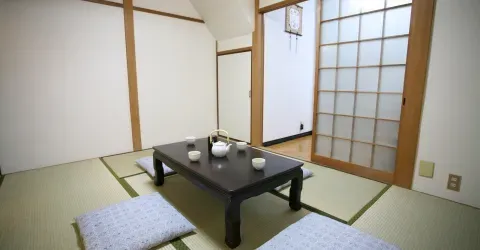Choosing and Buying Ceramics in Japan 陶芸を買うガイド
Find your cup of tea!
How do you decide which Japanese ceramics to purchase when you know almost nothing or nothing at all?
Japanese ceramics are mainly intended for use in the tea ceremony and ikebana. Today each region has its own masters with their pottery kilns and styles passed down from previous generations. This is for ceremonial ceramics rather than everyday dishes - Japanese pottery is divided into many styles.
The Raku ceramics are part of Kyoto ceramics, and are the work of the Raku family, specializing in tea bowls. Among the Kyoto ceramics is also the most classic and famous oribe kiyomizu-yaki, with varied patterns. Historical ceramic art pieces are highly prized by the Japanese, with the most famous pieces being preserved as national treasures.
How to choose?
Faced with an infinite array of styles, a pottery novice may feel overwhelmed. It's quite understandable that you may be confused, as a perfectly smooth piece which seems wonderful to us will be the cheapest, while another irregular piece with a somewhat undefined color may be the pride and joy of the owner. This is often the case with the spotted, rough and dark Raku ceramics.
The idea is that ceramic piece must must be in tune with your fingers. It conveys a sense of wabi, a kind of nostalgia about the deterioration of things over time. An item that is too perfect is considered cold, and lacking the small imperfections that makes it special.
So don't just look to try and understand or analyze your find, hold it. Does the piece inspire a particular emotion? Does it feel nice to the touch? If this is the case, then maybe you've found your unique and irreplaceable piece. Otherwise there is always an infinite number of pretty and simple bowls for breakfast.
Where and at what price?
You can usually find what you need in Kyoto. The former capital was the historic center of ceramics production. Other workshop areas can be found in the prefectures of Gifu and Hyogo, but Kyoto remains the Mecca, as can be seen through the Toki Matsuri, a pottery festival held in August, and the local markets.
Beyond the museum of the Raku family, you will find the majority of shops in Higashiyama. A number of these shops offer activities like creating your own pottery, or simply decorating it. You can also visit their studios.
Prices vary a lot. The Raku pottery is expensive, but other styles can be quite affordable, while still remaining unique. Dishes, cups and modern items will be much cheaper.
Quality Japanese ceramics may always come at a price, but make an excellent souvenir. Especially if you intend on using them.



































